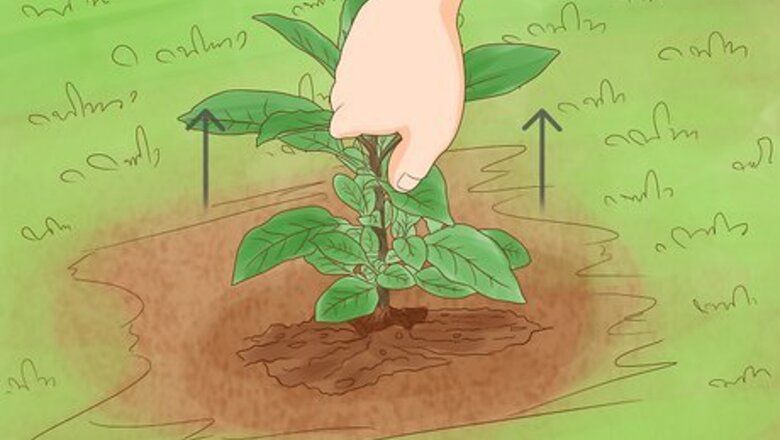
views
- Pull younger pokeweed plants out, use boiling water to kill older roots, or cover the area with mulch or landscape fabric to smother the plants.
- Use any herbicide containing glyphosate or 2,4-D to kill pokeweed plants on contact.
- Pokeweed is a perennial that grows from tiny seeds and root scraps, so it will likely take multiple growing seasons to get rid of the weed.
Pull the younger weeds manually.
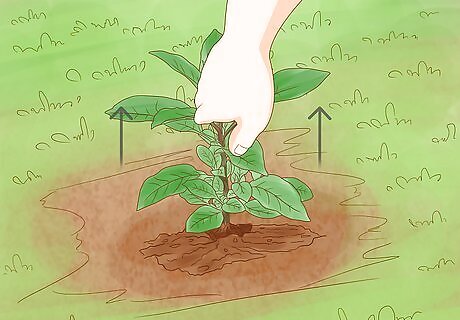
If the pokeweed is juvenile, just rip it out of the ground by hand. If the pokeweed has just started growing, throw on some gloves. Grab the weed by the main stem where it meets the soil and pull it up slowly. Pull the plant and its root system out and discard everything you remove. Pokeweed is toxic when you eat it uncooked, but it’s not dangerous to touch. However, some people are sensitive to the sap from the plant, so you’re best off wearing gloves if you want to avoid irritating your skin.
Dig out overgrown plants.
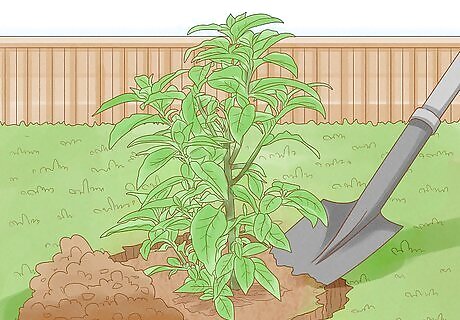
Cut back larger pokeweed plants and dig them out with a shovel. For plants that have matured enough to grow berries, you won’t be able to pull them out by hand. Use garden shears to cut the majority of the plant down. Then, use a shovel or spade to dig under the roots and pry the root system out. Discard the entire plant when you’re done. Manual removal of pokeweed can be difficult once it is fully grown, since pokeweed can grow up to 10 feet (3.0 m) tall. If the pokeweed is fully mature, you may need to employ multiple weed removal solutions to get the deep taproot out.
Cut it back annually.
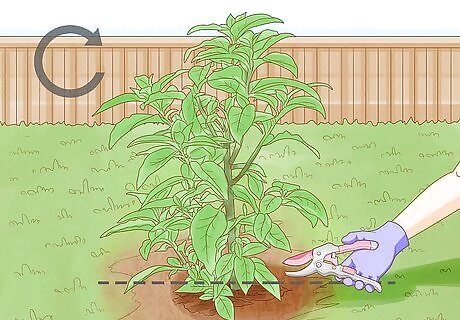
Persistently cutting the pokeweed back will eventually kill it. If you’re in the habit of regularly pruning and managing your garden or yard already, it may be easier to simply keep cutting the pokeweed back. Pokeweed is a persistent plant, but the roots aren’t particularly resilient. Whenever you see the pokeweed growing a new stem with leaves, trim it back. Eventually, you’ll stop seeing the weed pop up. How long this takes to kill the pokeweed depends on how deep the taproot goes, but it may take a few growing seasons.
Smother the pokeweed.
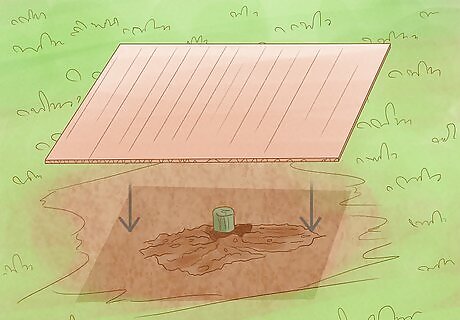
Cover the weeds and let the plants starve until they die. Cut the pokeweed down and discard any overgrowth. Then, cover the pokeweed with a land cover of your choice and wait for the remainder of the growing season. The roots won’t get the sun and water they need to grow back. There are a few ways you can cover the pokeweed based on personal preference. Cover the plants with cardboard sheets and then lay compost over them. Over time, the cardboard will break down into the soil. Lay stacks of newspaper down and then cover the weeds in landscape fabric. The newspaper will decompose over time and the fabric will keep new weeds from growing. Cover the entire area in mulch. This will keep weeds from growing and provide you with some elegant land cover.
Pour boiling water into the taproot.
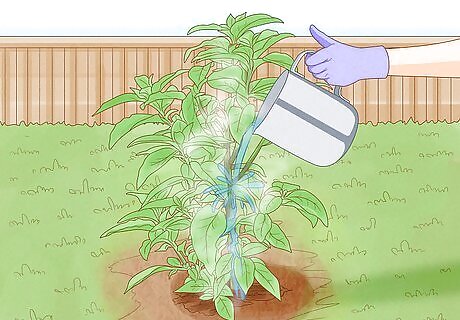
For a 100% nontoxic solution, cut the plant and boil the root. Grab some shears and cut the pokeweed back to the root. Fill a tea kettle up with water and boil it. Throw on some oven mitts and carry the boiling water outside. Pour the boiling water into the exposed root and wait a day. Then, come back and dig the taproot out with a shovel or spade.
Try white vinegar, soap, and salt water.
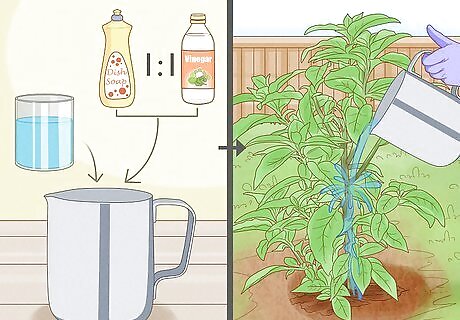
This DIY herbicide may successfully kill the taproot. Fill a watering can halfway with water. Then, add some white vinegar, dish soap, and salt. Mix everything together with a spoon. Go outside and cut back the pokeweed to reveal the root. Pour the salty soap water slowly over the taproot to kill it. After a few days, try pulling the root out by hand or digging it out after it grows brittle and weak. This solution has varying results depending on just how strong the taproot is. However, it’s an organic and low-impact option so it’s worth a shot if you’re trying to avoid harsher chemicals.
Spray horticultural vinegar.

Horticultural vinegar will obliterate any pokeweed plants. Grab horticultural vinegar, and put on gloves, protective eyewear, and throw on long sleeves. Fill a spray bottle with horticultural vinegar and carefully apply it to the pokeweed. Cover the leaves and the base of the stem where it leads into the ground. Wait 24 hours and then physically remove the dead plant matter. Horticultural vinegar is distinct from household white vinegar, which is only 5% acetic acid. Just know, this will destroy the soil and concrete around the pokeweed, too. Horticultural vinegar is strong stuff. Keep horticultural vinegar off of your skin, since it can cause your skin to blister. Keep it out of your eyes, since there’s a chance it can cause blindness.
Apply glyphosate or 2,4-D.
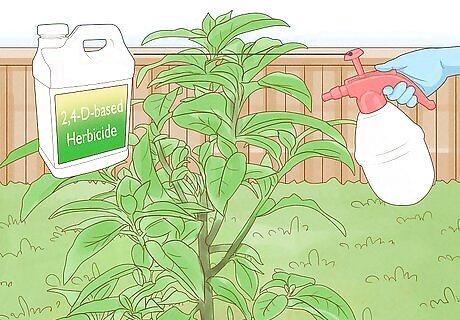
Commercial herbicides will destroy the pokeweed permanently. Glyphosate- and 2,4-D-based herbicides are highly effective against pokeweed, but they are skin irritants. Put on some gloves, long sleeves, and protective eyewear to protect yourself. Then, spray the stem of each plant and the area around the plant’s roots with the herbicide. After the plants brown and die, physically pull the taproot out and discard the entire plant. Glyphosate is the main ingredient in Roundup, although there are plenty of products out there that contain glyphosate. 2,4-D is shorthand for 2,4-Dichlorophenoxyacetic acid. Any herbicide with the word “Amine” on the label is a 2,4-D-based herbicide. Keep in mind, commercial herbicide will kill any plants or grass it comes in contact with.
Be vigilant about pokeweed removal every season.
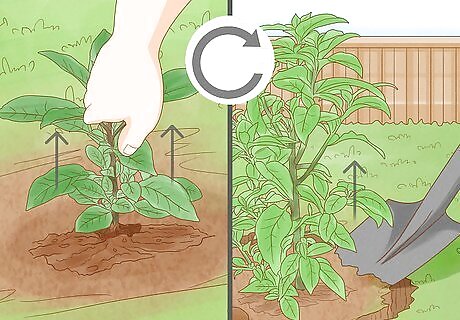
Full eradication is more than possible, but pokeweed is a stubborn perennial. The fact that the pokeweed is coming back doesn’t mean that you were unsuccessful in your control method. It’s just functionally impossible to remove all of the seeds and root fragments. Continue using whatever removal method you used if the pokeweed pops up again next growing season. After a few years, you’ll stop seeing the weed.













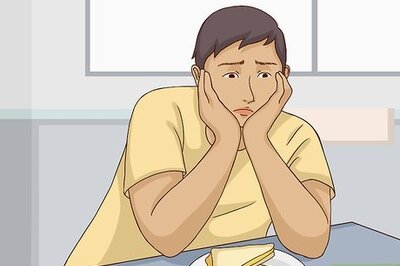


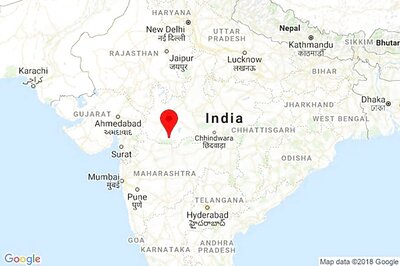

Comments
0 comment